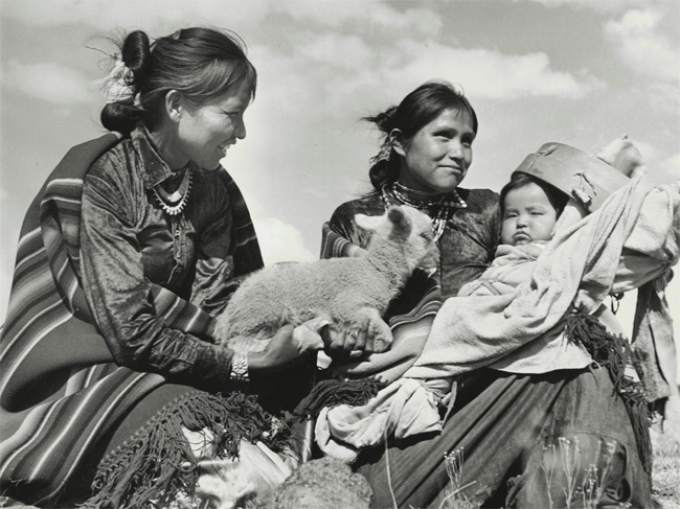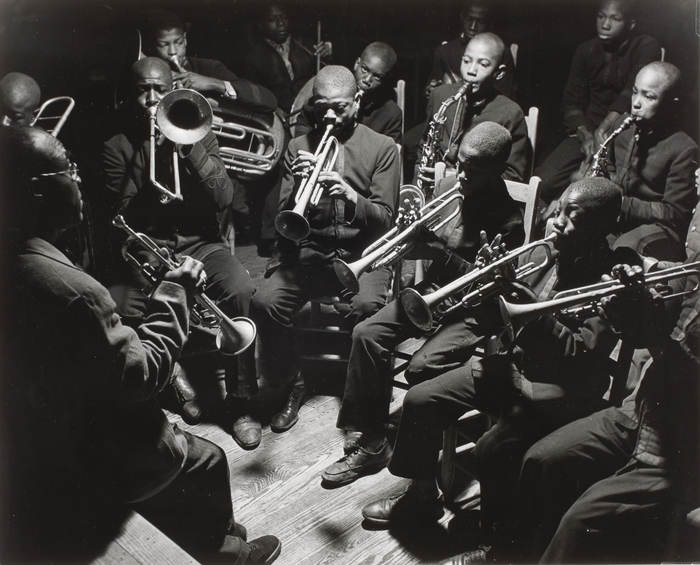In 1927, when they were both just seventeen, Hansel Mieth and Otto Hagel left their home town of Fellbach, Germany and headed to America. For the next five decades, they would make their careers as socially conscious photographers, creating beautiful and heartbreaking images of America’s working classes.
Leaving Baltimore for California in 1930, they braved the harsh realities of the Great Depression. They lived in a tent, worked as migrant farm laborers and documented all of these experiences with a second-hand Rolleiflex camera.

Mieth and Hagel began their long careers with images of poverty and harsh work conditions on California’s farms, many of which are currently on display at the Sonoma County Museum in LIFE, Labor, and Purpose: The Photography of Hansel Mieth and Otto Hagel, the largest exhibition of their work ever shown in the United States.
The collection blends the heaviness of Dorothea Lange’s iconic Depression-era work with the energy of late night strike meetings. Cotton picker families offer emotional glimpses into California’s historical struggles; a stark contrast to today’s highly developed, tech-derived wealth.
Mieth’s 1932 image of a shanty town (informal settlements once called “Hoovervilles”) near the Sacramento city dump is especially profound — countless men and boys dig through the trash, looking for food and supplies.

Mieth and Hagel also documented the San Francisco Longshoreman Strike of 1934, a time when people were so desperate for food and a day’s work that the couple had their apartment robbed. Mieth’s 1934 image Outstretched Hands relays that desperation with immediacy; it soon became an icon of the union.
The couple’s work reflected the times outside of California as well, and the raw images gained notoriety, eventually leading to job offers for both at LIFE Magazine. Mieth accepted her offer in 1937, while Hagel opted to work for the magazine on a freelance basis.
Mieth’s photography rose to a new level of radicalism for the time; she documented issues like birth control, unwed mother’s homes, orphanages, Japanese interment camps and female garment worker strikes.
Although both Mieth and Hagel became known and respected for images that humanized the experiences of poor working families, their viewpoints and friends resulted in scrutiny during the McCarthy era, especially after refusing to appear before the House Un-American Activities Committee (HUAC).
The McCarthy era didn’t scare them away from social justice issues forever, even after Mieth lost her job at LIFE. One of the most powerful images in the exhibit is one of a series on the local Pomo Indians. The photograph shows a tribal burial for the leader’s son, killed in Vietnam in 1965.
Hansel Mieth and Otto Hagel’s work captures the beauty, heartache and adventure of the immigrant experience in America. But it also pays homage to the often-unseen players who toiled on the land we inhabit today. And though the exhibit includes glimpses of their personal lives and circles of famed friends, it’s the nameless workers and families who leave the most meaningful impact.
LIFE, Labor, and Purpose: The Photography of Hansel Mieth and Otto Hagel is on view at the Sonoma County Museum through August 30, 2015. For more information visit sonomacountymuseum.org.